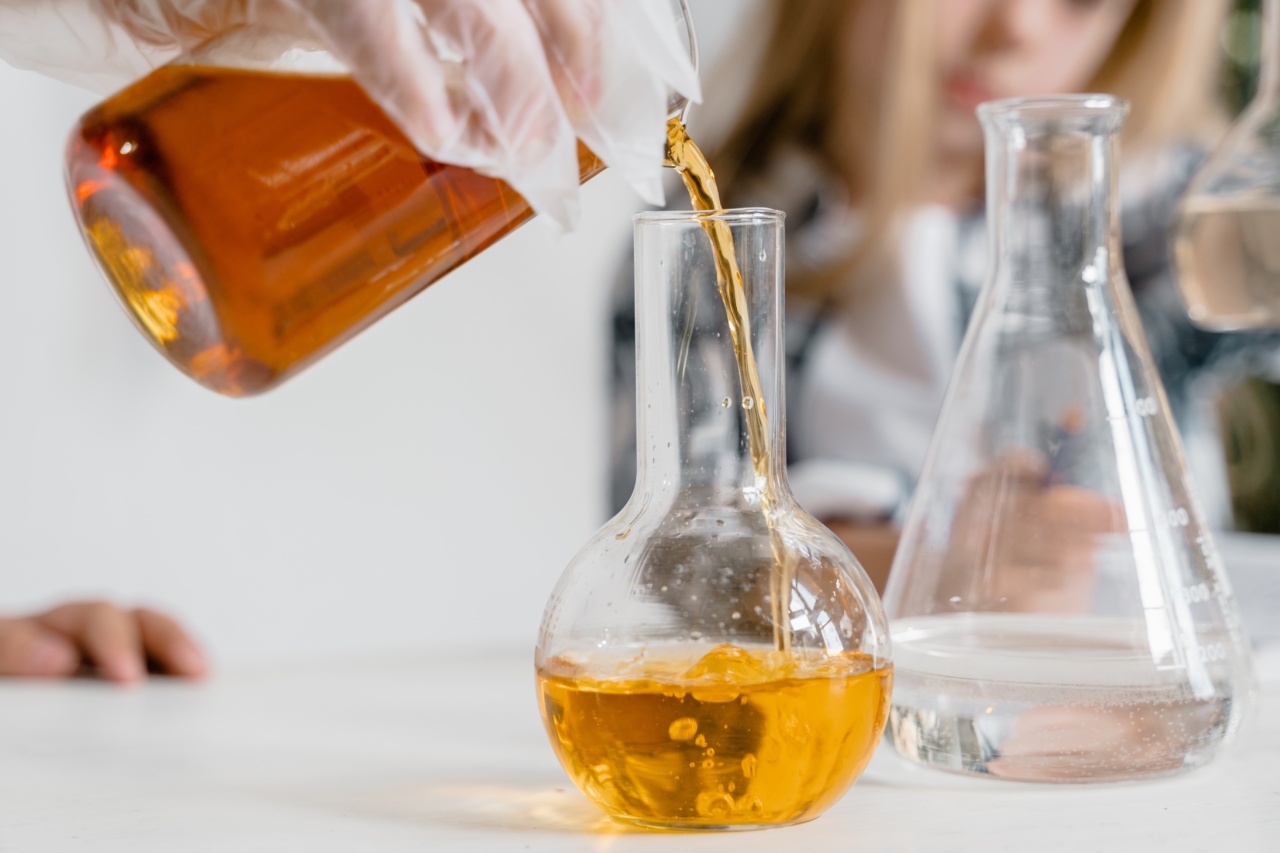Child health and safety are of utmost importance to parents and caregivers. Ensuring a safe and secure environment for children is essential for their overall well-being and development.
One aspect of child safety involves restricting access to certain items that may pose a risk to their health and safety. This article will discuss some commonly restricted items and the reasons behind their restriction.
1. Medications
Medications, both over-the-counter and prescription drugs, should be kept out of reach and sight of children. Many medications, especially those meant for adults, can be dangerous or even fatal if ingested by children.
Childproofing cabinets and using safety locks can help prevent access to medications.
2. Cleaning Products
Household cleaning products, such as bleach, detergents, and disinfectants, can be toxic if ingested or inhaled by children. These products should be stored in high cabinets or locked away to prevent accidental exposure.
Additionally, child-resistant packaging should be used for these products.
3. Sharp objects
Sharp objects like knives, scissors, and needles should be kept out of children’s reach. These items can cause injuries if mishandled or used improperly.
It is important to store them in secure places or use childproof locks for drawers and cabinets.
4. Small objects
Small objects, especially those that can fit into a child’s mouth, pose a choking hazard.
Items like marbles, coins, button batteries, and small toys should be kept away from young children who have a tendency to explore and put objects in their mouths.
5. Plastic bags
Plastic bags, including shopping bags and garbage bags, can be a suffocation hazard for young children. It is crucial to keep these bags stored safely and out of their reach. Bags should be tied securely and kept away from areas accessible to children.
6. Electrical outlets and cords
Electrical outlets, cords, and appliances pose potential risks for children. Outlet covers should be used to prevent accidental electrical shocks, while cords should be kept out of children’s reach to avoid the risk of strangulation or tripping.
Appliance safety locks can be used to restrict access to appliances.
7. Hot liquids
Hot liquids, such as boiling water or hot beverages, can cause severe burns if spilled or consumed by children. It is important to keep hot liquids out of reach and use childproof containers with secure lids to prevent accidental spills.
8. Firearms and ammunition
Firearms and ammunition should always be securely locked away, preferably in a gun safe or lockbox. Access to firearms should be restricted to responsible adults only.
Educating children about firearm safety and the potential dangers associated with guns is also imperative.
9. Pesticides and chemicals
Pesticides and chemicals used for gardening or pest control purposes should be stored safely and out of children’s reach. These substances can be harmful if ingested, inhaled, or even touched.
Following proper storage instructions and precautions is crucial to prevent accidental poisoning.
10. Balloons
Balloons, although popular at parties and events, can pose a choking hazard if they burst or deflate. Young children should always be supervised when playing with balloons to avoid the risk of choking or suffocation.
Conclusion
Child health and safety are paramount, and restricting access to certain items is essential for their well-being.
By being aware of potential hazards and taking necessary precautions, parents and caregivers can create a safe environment for children to thrive and grow.



























